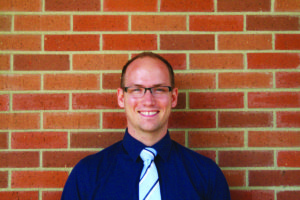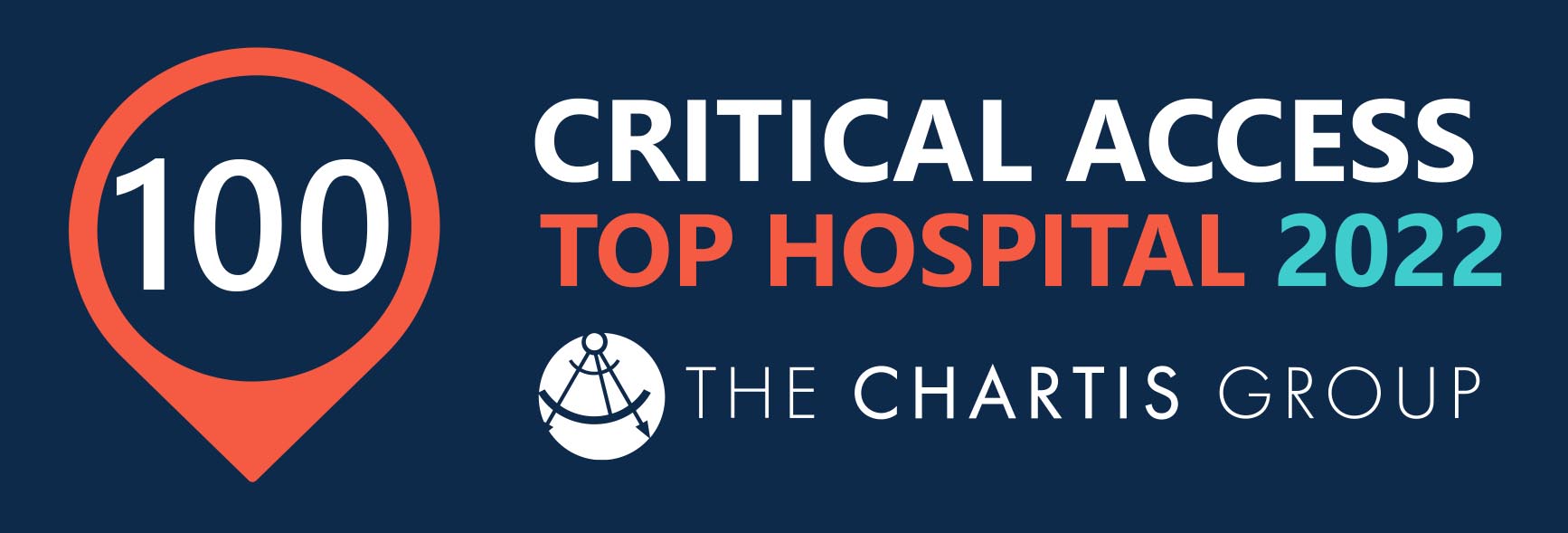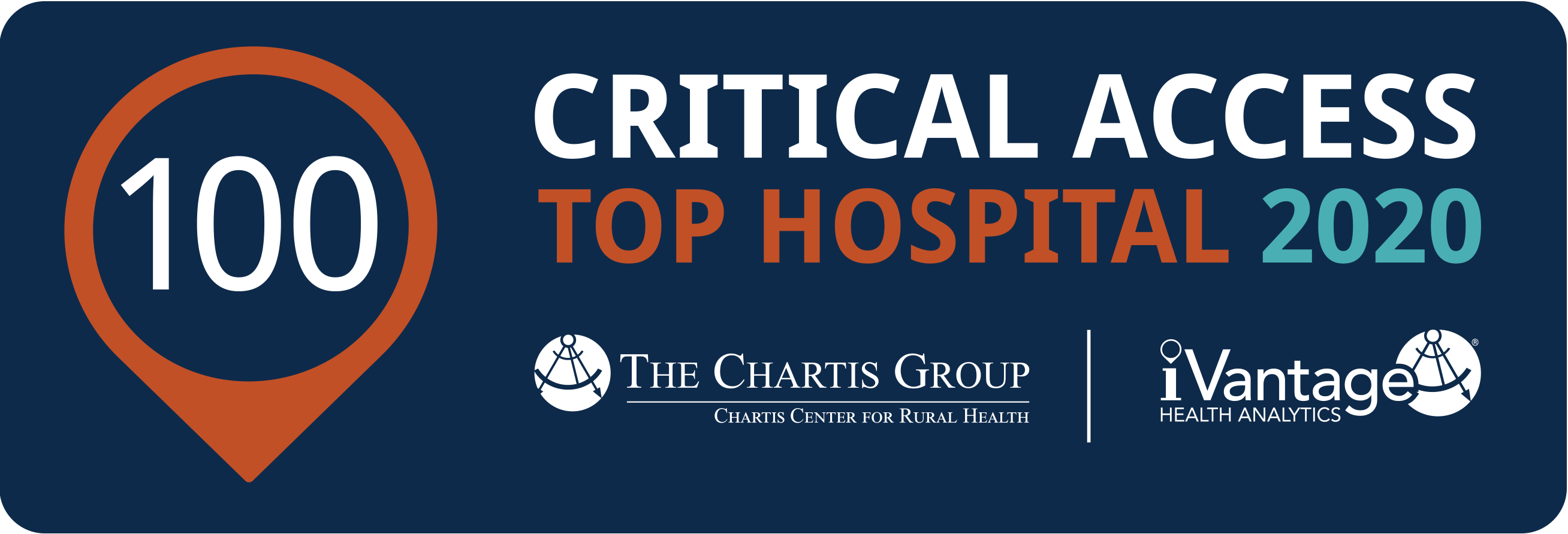Jeffrey Bruning, M.D. Family Physician
By JAN ORVIK
UND Today
When people need medical care, a family physician is often just the right prescription.
“Family medicine is usually the first point of contact in the health care system,” said Joshua Ranum, a physician at West River Health Services in Hettinger. “And it’s the most cost-effective way to deliver health care.”
Family physicians, said Ranum, “can do almost everything for just about any patient.” And once a physician gets to know a patient, he added, they provide a continuity of care that can reduce emergency room visits and seeing multiple doctors.
The UND School of Medicine and Health Sciences, which has been working successfully for years to boost the number of family medicine practitioners in North Dakota, was recently named third in the nation for educating family physicians. Since 1981, the School has averaged 22.5 percent of its graduates who enter a family medicine residency. The national average is just 10.9 percent.
“Family medicine fits North Dakota very well, said Ranum, a Scranton native and graduate of the school. “It’s an effective health care delivery system.”
The state of North Dakota and the school have long seen the value of “growing their own” physicians. As one of the most rural states in the nation, and with an aging population, a projected shortage of physicians by 2025 was expected to hit North Dakota especially hard. That’s why, in 2011, the school and its Advisory Council proposed the Healthcare Workforce Initiative that was later funded by the State Legislature. Its goals are to focus on making North Dakotans healthier, retain more graduates who practice in the state, expand class sizes to produce more graduates, and improve efficiency.
The North Dakota State Legislature provided funding to increase each class size by 16 medical students over the past two biennia, and in 2013 approved funding a new building to house the larger classes and bring together all departments within the School. Today, 293 students are studying medicine, compared to 252 in 2011.
“The School of Medicine and Health Sciences works hard to produce the family medicine practitioners needed by the people of North Dakota,” said Joshua Wynne, vice president for health affairs and dean of the School.
The school added more in-state residency slots to train physicians. Before, some medical students had to leave the state to complete their training. Often, they didn’t return to North Dakota.
“Two things are important for any journey,” said Sen. Robert Erbele of Lehr. “First you need to know where you want to go and then you need to plan the route. That was the purpose of the Healthcare Workforce Initiative. The first part of the mission was to determine the healthcare needs of North Dakota and then develop a plan to meet those needs.
“I am proud of the way the leadership of the UND School of Medicine and Health Sciences, along with the Advisory Council, responded to the findings of the HWI and were able to move forward with promoting family practice medicine and expanding rural residency opportunities,” said Erbele.
One of those new residency programs is in Hettinger, and this is the second year that West River Health Center has welcomed residents.
“I was interested in coming to Hettinger, especially since it was a new program,” said Jeffrey Bruning, a medical resident who is spending two years of his residency at West River Health Services.
Bruning grew up in Geneva, Neb., a small town of 2,200 that’s similar in size to Hettinger. He’s gone to school in the Caribbean, London, and New York City, and has found he prefers the Midwest.
“I’m from the Midwest,” Bruning said. “The people here are gracious, and you can get to know them. And the faculty are great. The physicians guide us, and we can experience all sorts of medicine in a single setting.”
“I like managing all aspects of care and getting to know patients,” said Bruning. “I get to see a patient who comes into the Emergency Room. If that patient needs surgery, I can scrub with the surgeon. Then I can follow that patient in the hospital and as an outpatient.”
“The residents are jumping in with both feet,” said Ranum. “The community has embraced them. It’s different than having medical students. They identify them as their doctors, and they’re starting to build patient rolls.”
“Students who train in a rural environment are more likely to stay in the state,” said Ranum. “This will increase the physician supply for the region.”
“The physicians give a lot of time to the residents, and help us be better physicians,” said Bruning. “If I have a question, four physicians answer. They take the time to explain, and they’re interested in making us better physicians.”
“I like to see patients and get to know them, diagnose, and understand how best to treat them,” Bruning said. “I like it here.”






